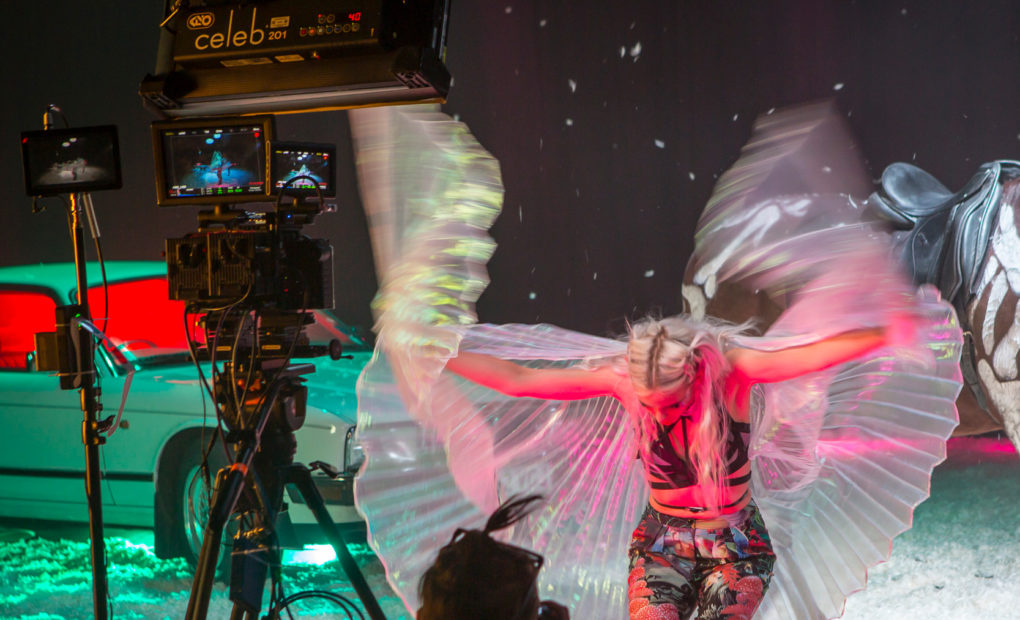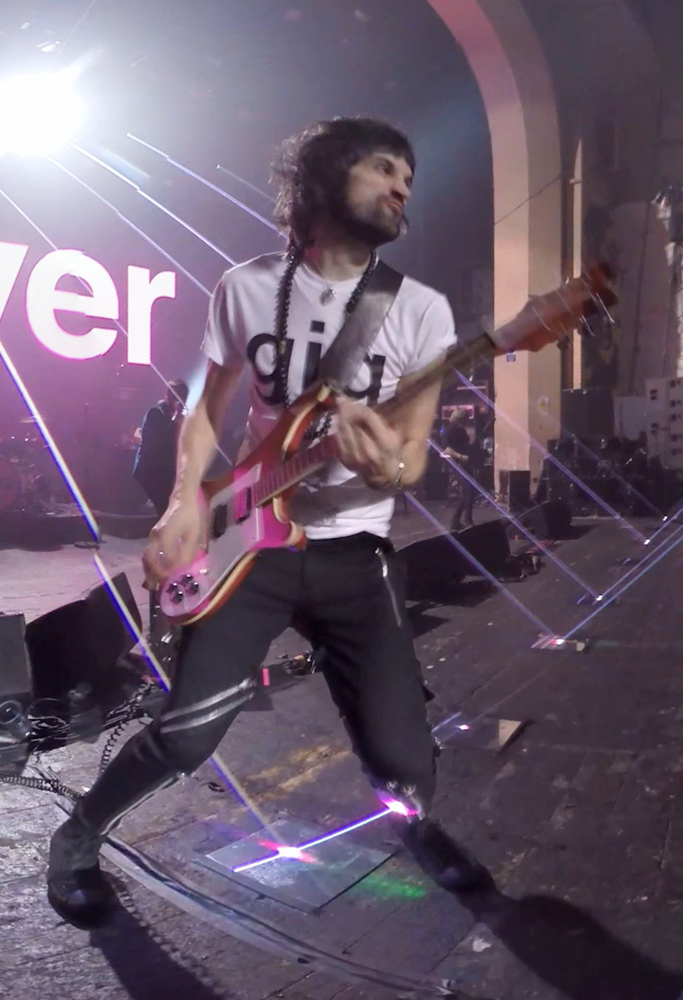
How much does VR cost?
Understanding 360 video production costs
One of the first questions we get asked is ‘how much does it cost’? Unfortunately, in virtual reality production, there is not an easy answer. So, to de-mystify the million dollar question (don’t worry it does not cost that much!) we thought we would open our books and share the costing process. Specifically, for this post we are looking at 360 video projects.
Before we can quote on any job we need to understand who the end user is and how they are going to use the content e.g. is the project for Oculus Rift headset distribution on the Oculus Store, for Vive distribution on Steam, for Google Cardboard, desktop or mobile distribution on Youtube 360 or for a custom 360 video player online. The choice here makes a big impact on how we capture the footage and therefore the cost.
Example project costs
- Voxi Unframed with Sigrid – £15,000
- Walk with Penguins – £40,000
- Dublin in the Dark – £90,000

In real terms, our projects can start from £10,000 and go up to the hundreds of thousands. There are a huge number of factors that contribute towards whichever end of the scale this falls on. Broadly speaking though, once you’ve understood the objectives of creating a piece of immersive 360 video content, there are two main approaches in scoping out a VR 360 job – on a tight budget or for highest quality.
If there is a tighter budget then we work out the best solution to scale back so not to compromise the user experience. This ranges from reduced size team, perhaps hiring less lighting, minimising time on set/location, using simpler cameras and spending less time in post. Naturally the opposite is true for shoots that focus on quality and output over budget.
360 video production costs key considerations:
- Who is going on the shoot? Do we need a VR Director, a VR DOP, 360 audio specialist, riggers, DITs etc? The number required depends on the shoot specifics and budget available.
- How many days are needed on location/set? If it’s a shoot over a few days then simply multiply the costs. Next, you need to consider travel days – our staff are charged at a reduced rate on days spent reaching and returning from location.
- What equipment is needed? The equipment we take is hugely varied, depending on the shoot we are going on, what we are shooting and the budgets available. The camera equipment can vary from high end 3D 360 video systems such as the Google Jump or the Nokia Ozo, right through to GoPro based monoscopic systems. Also, consideration needs to be given to having dollies and operators or drones and operators or a whole raft of lighting options.
- Is the content 3D or Mono? Often you may not know the answer to this question as a client. Shooting content in 3D only matters for viewing it on a headset – looking on a desktop or mobile will only show mono. However, the look of the 3D content in a headset is stunning and is the ultimate way to view 360 video. The problem of course is that it costs more – in post production, typically a third more days in post are needed.
- How many days of post are needed? With 360 video you can spend a huge amount of time trying to perfect a scene – the nature of 360 video and the ‘stitching’ process means there are often a lot of aspects to a scene that need to be tidied up. The amount of time you spend in post is potentially unending in a strive for perfection, so budget needs to determine the number of days. Typically though a 1 day shoot will give approx 2 days of footage and will be given between 5 days and 15 days of post time. If the post is complicated then we will also charge for a producer during the post process, to manage the project and ensure strong client communication.
- What level of post is needed? For jobs on a tighter budget we keep our post to Kolor’s Autopano Video Pro (AVP). For jobs that need complex compositing, VFX, 3D, retouching, blending etc we use NUKE’s CARA VR. For more information please visit our post-production page.
- What third party costs are we covering? Client expectations range hugely, some expect us to cover location services, talent, sets etc, other’s cover that in their remit, it’s important to establish early if we are covering these areas or the client. If we cover this then we add 20% to the third party fees.
- What is the delivery platform? A vital question for VR projects as it informs all of the above points. For example, if this is just for flat screen use (and not a headset) then stabilisation is not so important. Also, this informs us on whether we need to build apps and which we will need to develop. There are a range of platforms for 360 video; Google Cardboard Apps for iOS and Android, apps for Gear VR or Oculus and web-apps. The prices depend on the complexity of interactivity and level of design required. For more info on our app production visit our VR apps page.

Tearing through the streets of Paris in a Ford Mustang for our recreation of the 1970s cult classic 'Re-Rendezvous'.
Finally, quotes include 10% contingency fee, this covers unexpected issues that may occur such as rain days or late changes in the post-production needed.
So, as you can see, there are a lot of different aspects that lead to a final quote – it’s very hard to quote ballparks on little information. Really, the best way for us to cost out a VR 360 production is to have a brief (we can help develop this if needed) and idea of a budget – if we know we have £50,000 then we will find the very best way to produce the experience for that. If only it was so simple!

Comments
Responses
Rodrigo Cancino says
Great article guys!! very very interesting.
spark signt says
awesome post thanks for sharing
ghadah eissa says
thank you it is helpful
login sbobet says
I savor, result in I discovered exactly what I used
to be having a look for. You've ended my four day long hunt!
God Bless you man. Have a nice day. Bye
Adfilmmakers says
"This is a brilliant resource for anyone new to 360 degree video making . Thanks for sharing such a well-researched and insightful piece!"
360 degree video making company in Hyderabad